This week, I’m taking a break from cicadas. After two long posts, this week’s is heavy on photos and short on words. I’m sharing beauty to strengthen us all on this Monday of another week in a tumultuous and challenging year.
This past Friday, I took a day off from my day job to volunteer at the Piedmont National Wildlife Refuge Butterfly Count. I took the day off from the news and social media; cell phone signal is nonexistent in most of the refuge. Instead, with a group of naturalists, I looked for butterflies.
As usual, butterflies were not the only highlight of the day. Piedmont National Wildlife Refuge is one of the best places, in my opinion, for finding interesting insects.
Each trip, I find species I have never heard of before.
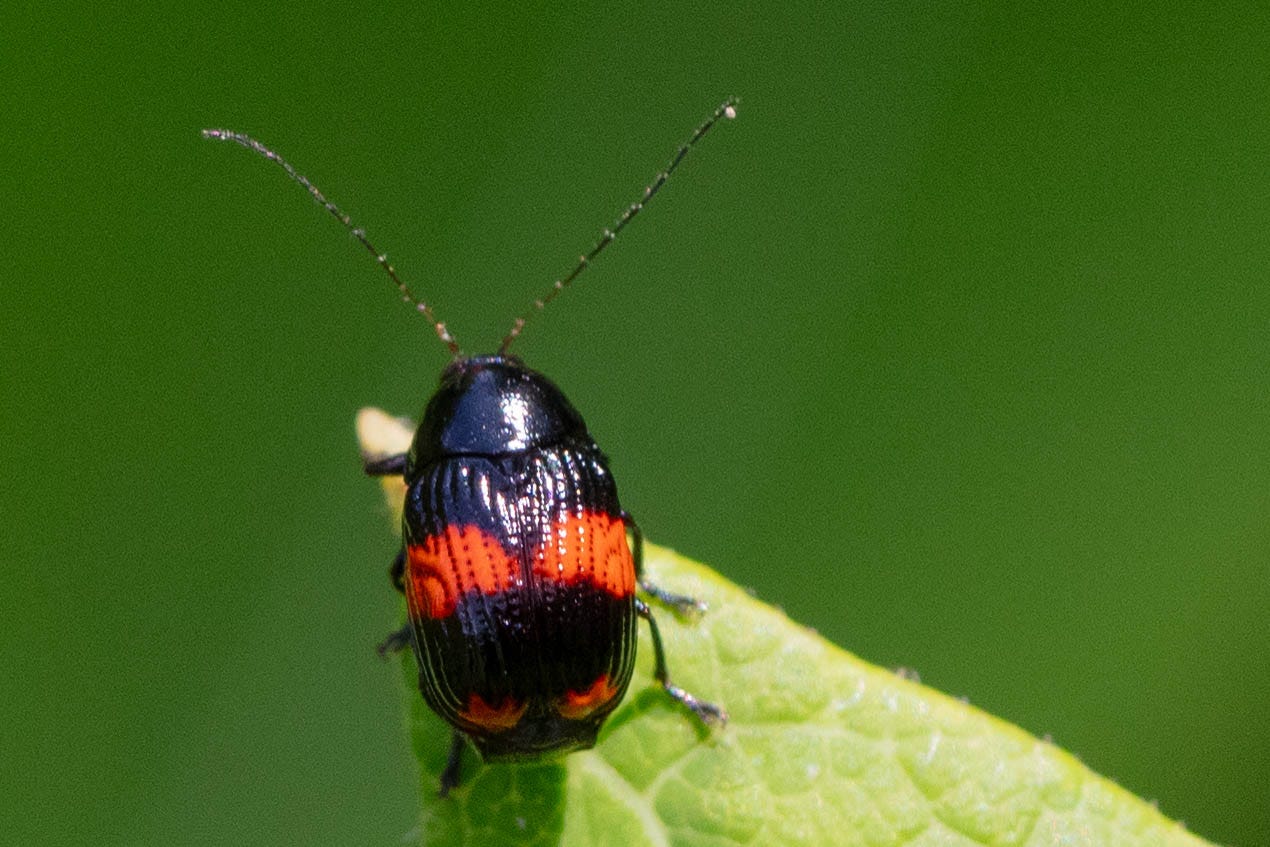
The refuge’s meadows and ponds teem with odonates — dragonflies and damselflies — in a rainbow of colors, of various species.

Its wooded wetlands host various earth-toned butterflies who flutter in shadow — satyr, pearly-eye, and the bluntly descriptive “Appalachian brown” — as well as brightly colored moths.
Buttonbush — a favorite of pollinating insects — borders the many ponds of the refuge, with white flowery domes that mirror the sunshine sparkles on the water.
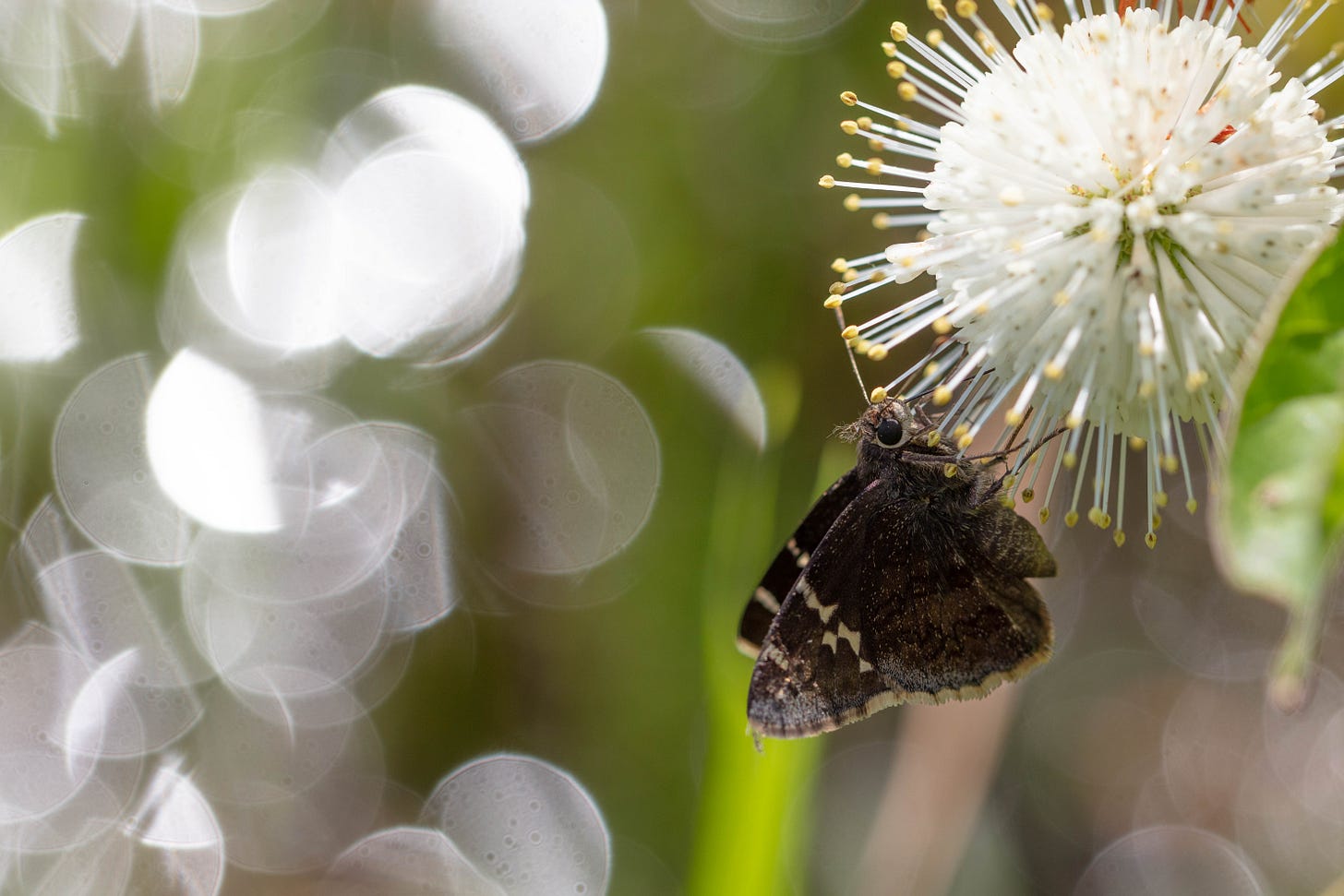
Falling Creek, Little Falling Creek, and Stalkinghead Creek flow through the forests of oak, hackberry, pawpaw, and pine. Where these creeks cross the refuge roads — small breaks in the tree cover — damselflies, butterflies, and frogs rest on sun-warmed rocks.
Its pine forests are home not only to the butterflies I helped count, but also to the endangered red-cockaded woodpecker, which depends on longleaf pine.
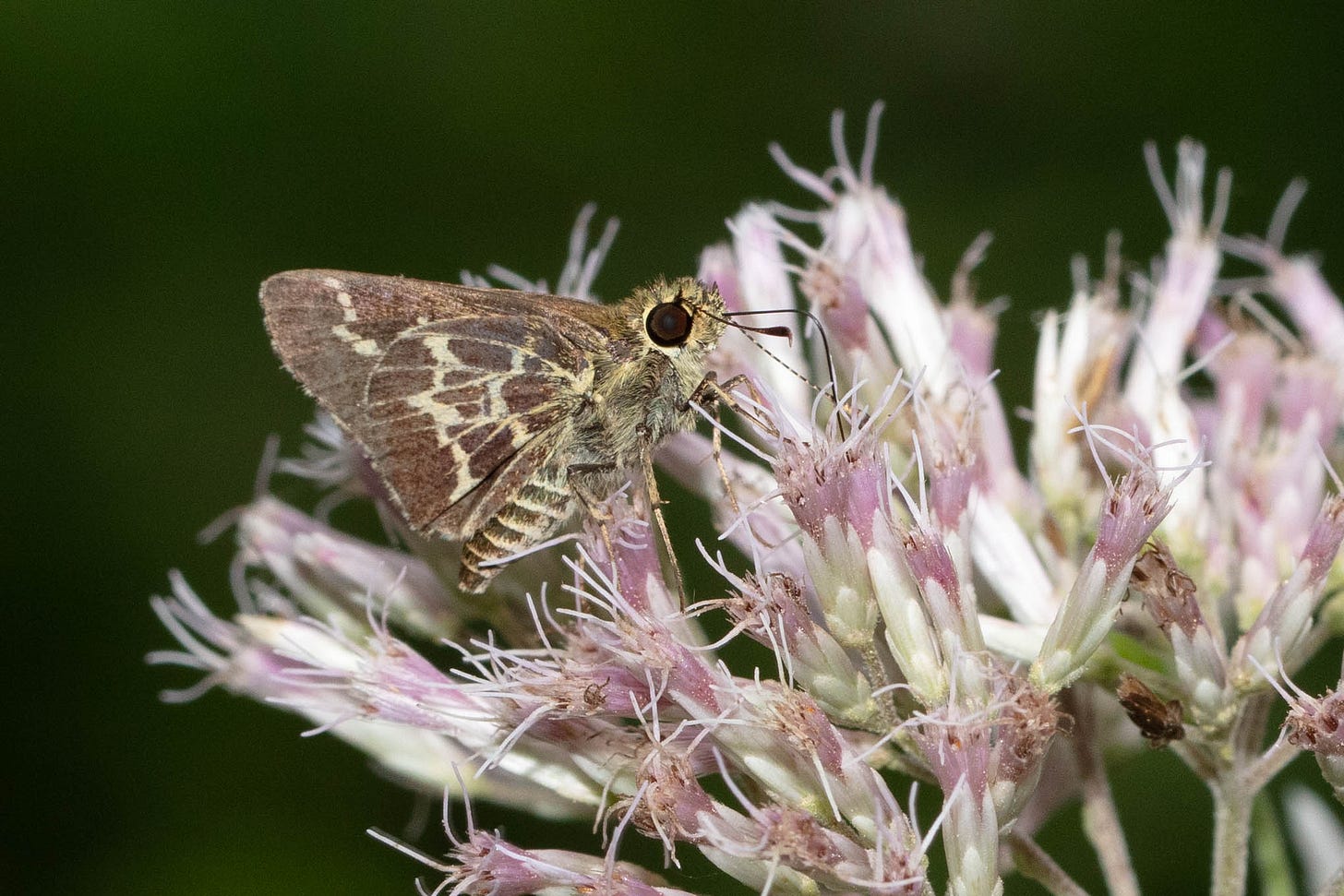
Piedmont National Wildlife Refuge has few maintained trails with no mountain vistas, no spectacular views, no towering waterfalls — in fact, I can think of nothing distinct about it except that every square inch seems to yield wonder and discovery.
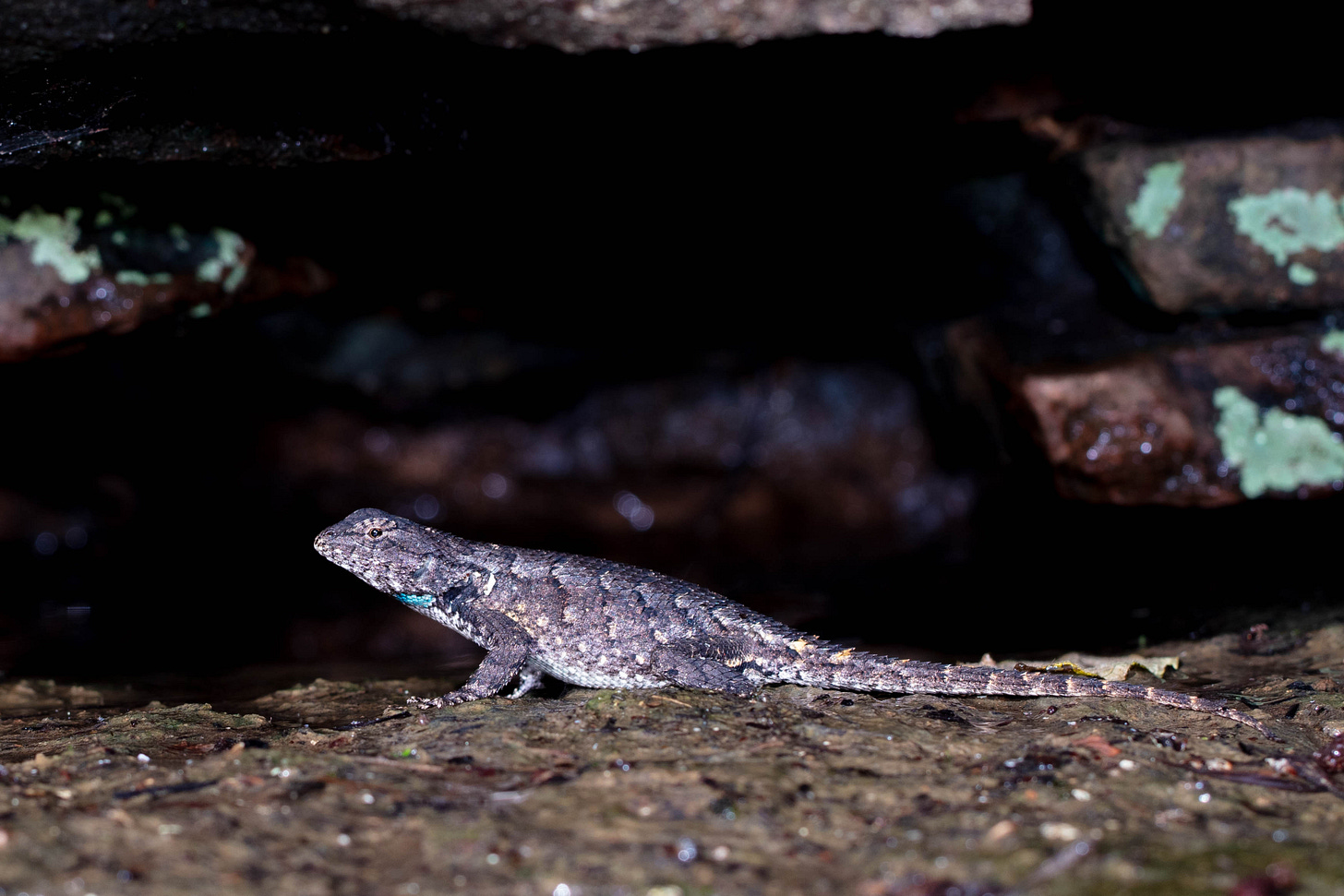
Since I started visiting five years ago, I’ve thought of it as an unbroken mass of undeveloped land with high quality examples of typical Piedmont Georgia landscapes — meadows, pine and hardwood forests, wetland, creeks, and granite outcrop.
However, the refuge’s website informs me that less than a century ago, it was “a piece of completely worn out and useless land.”
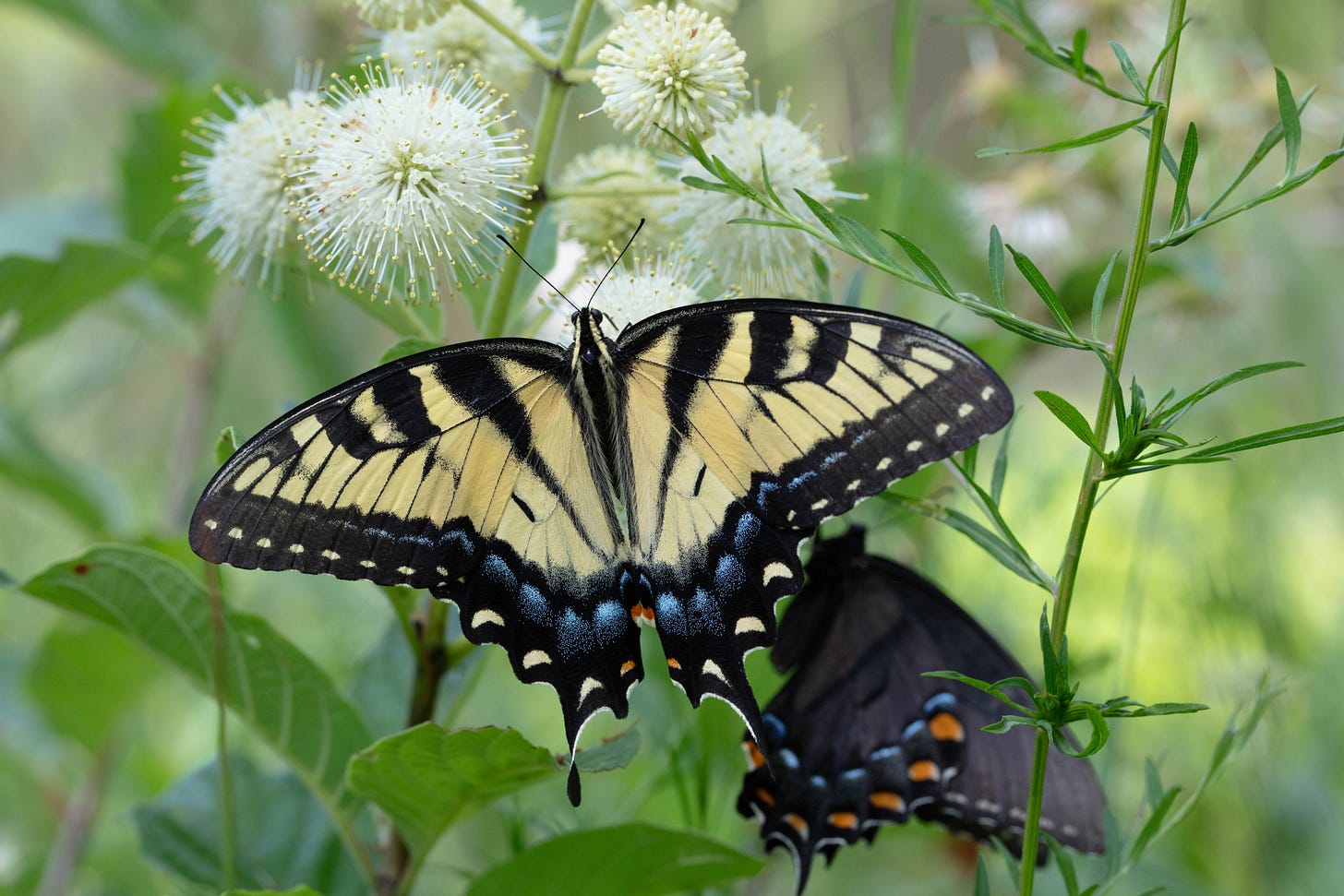
Over the centuries since European arrival, the refuge land had been clear cut, sapped of soil fertility by cotton farming, eroded, attacked by boll weevils, and abandoned.

In 1939, the federal government established a refuge on these abused lands to determine if — to prove that — wildlife restoration was possible in such space.
Today, it is a thriving system of meadows, wetland, ponds, and forests — including longleaf pine.
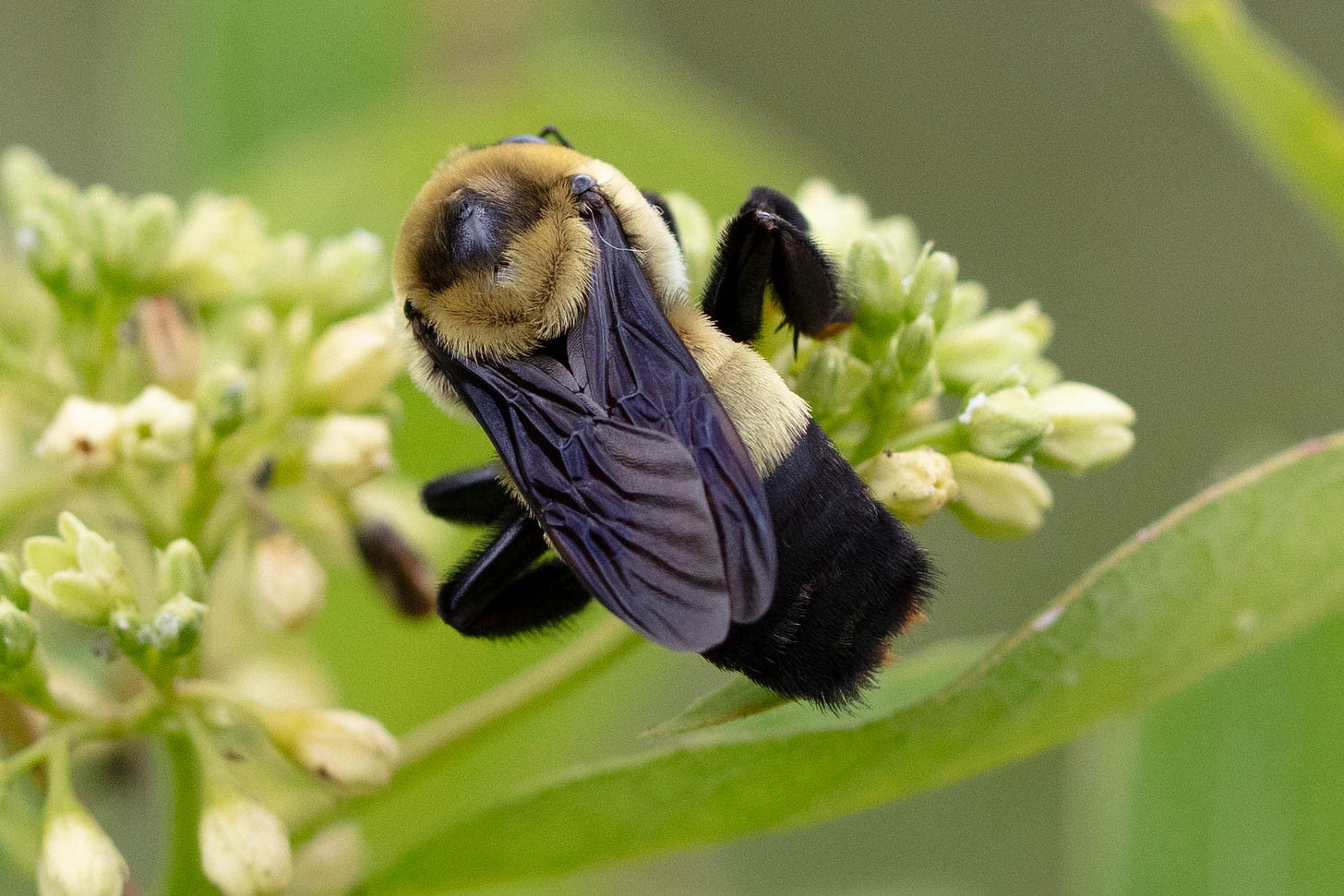
The scars of centuries of mistreatment are hardly visible under all that greenery.
Perhaps they are not merely hidden, but healing.

Piedmont NWR is a little more than an hour south of Atlanta off of I-75, in Jones and Jasper Counties, near Juliette and Monticello. It is free to visit. Cell phone signal and amenities are scarce, so bring plenty of water, snacks, sunscreen, and bug spray. Seriously, don’t forget insect and tick repellent; it is a very tick-y place.



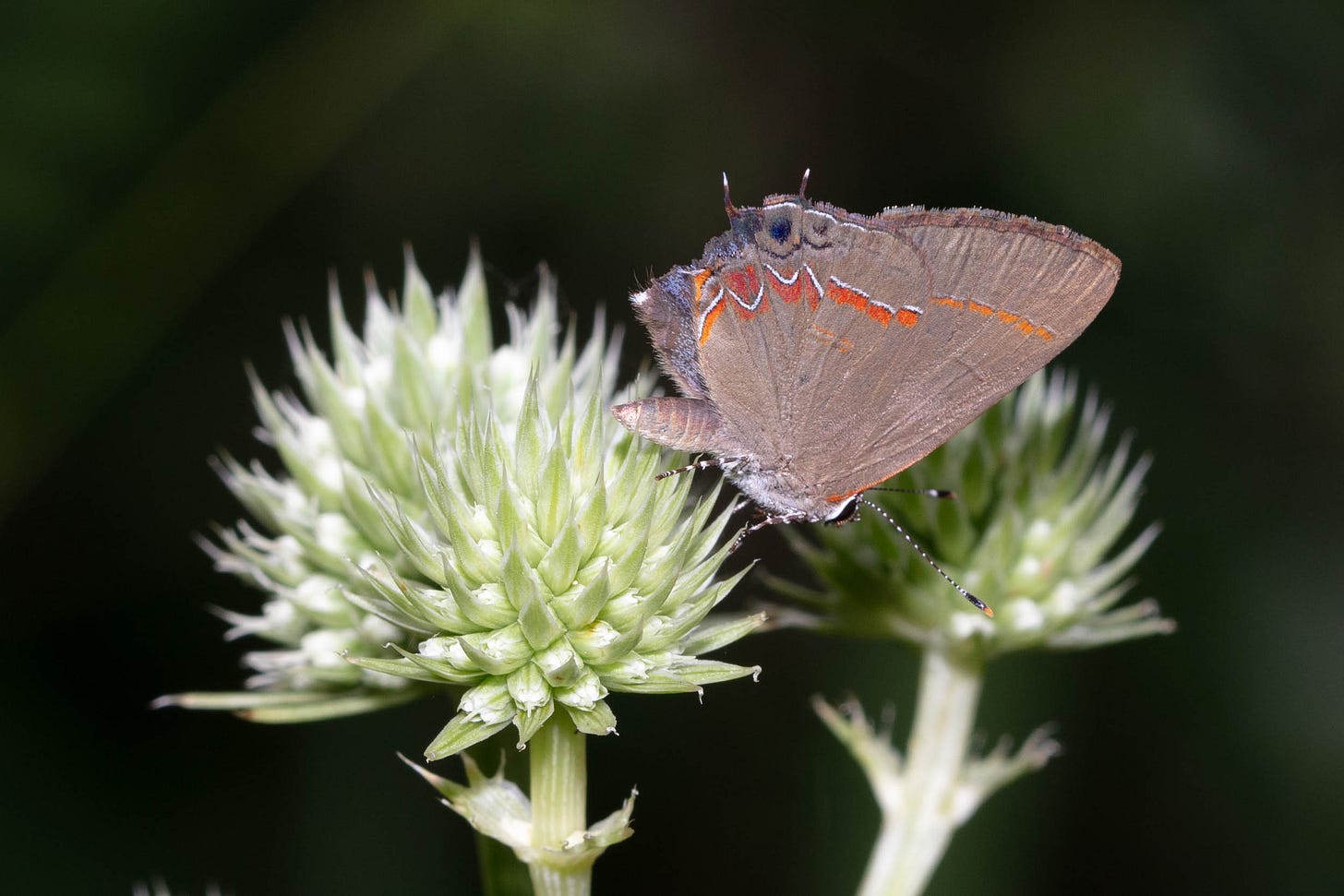
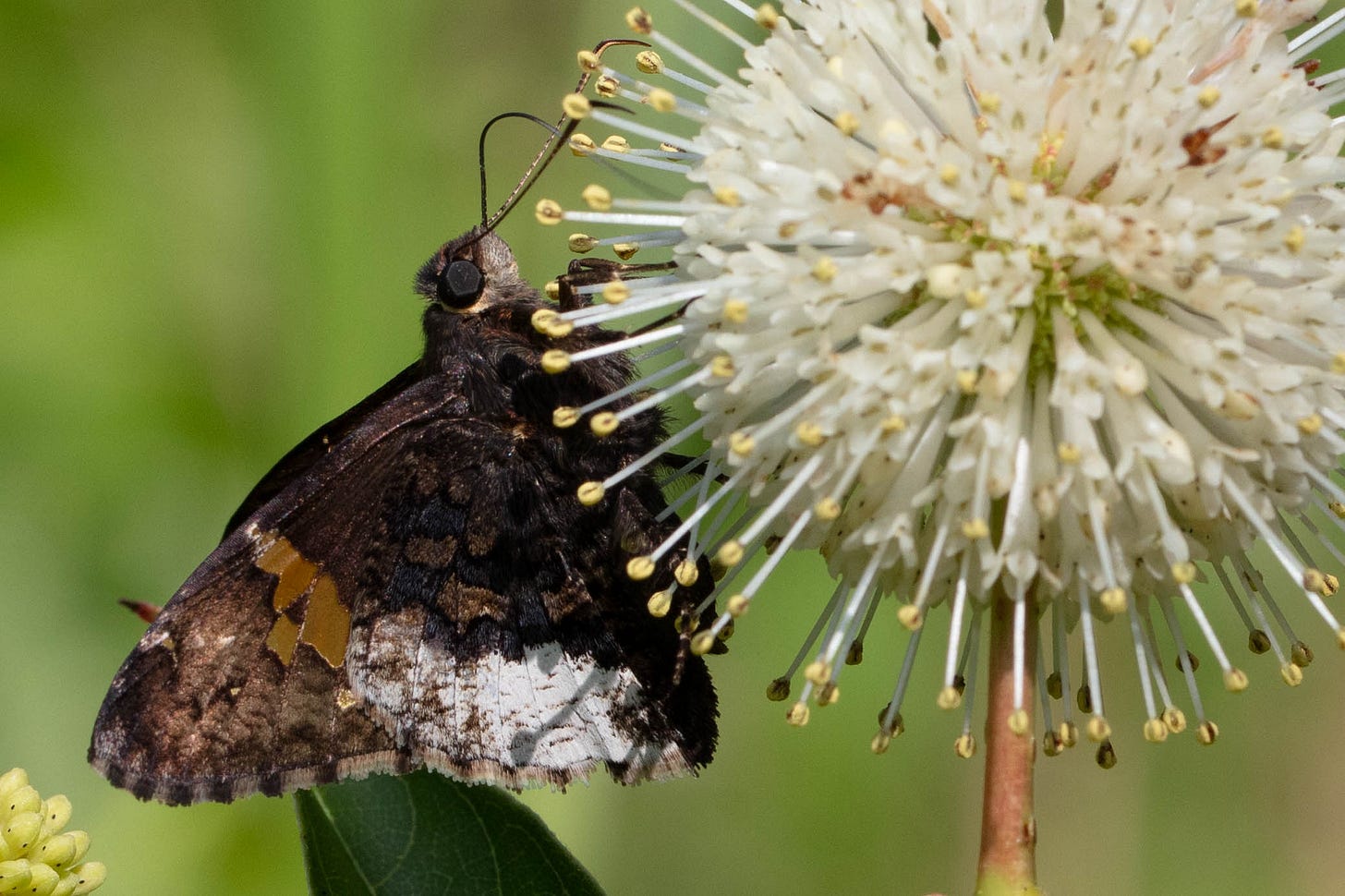





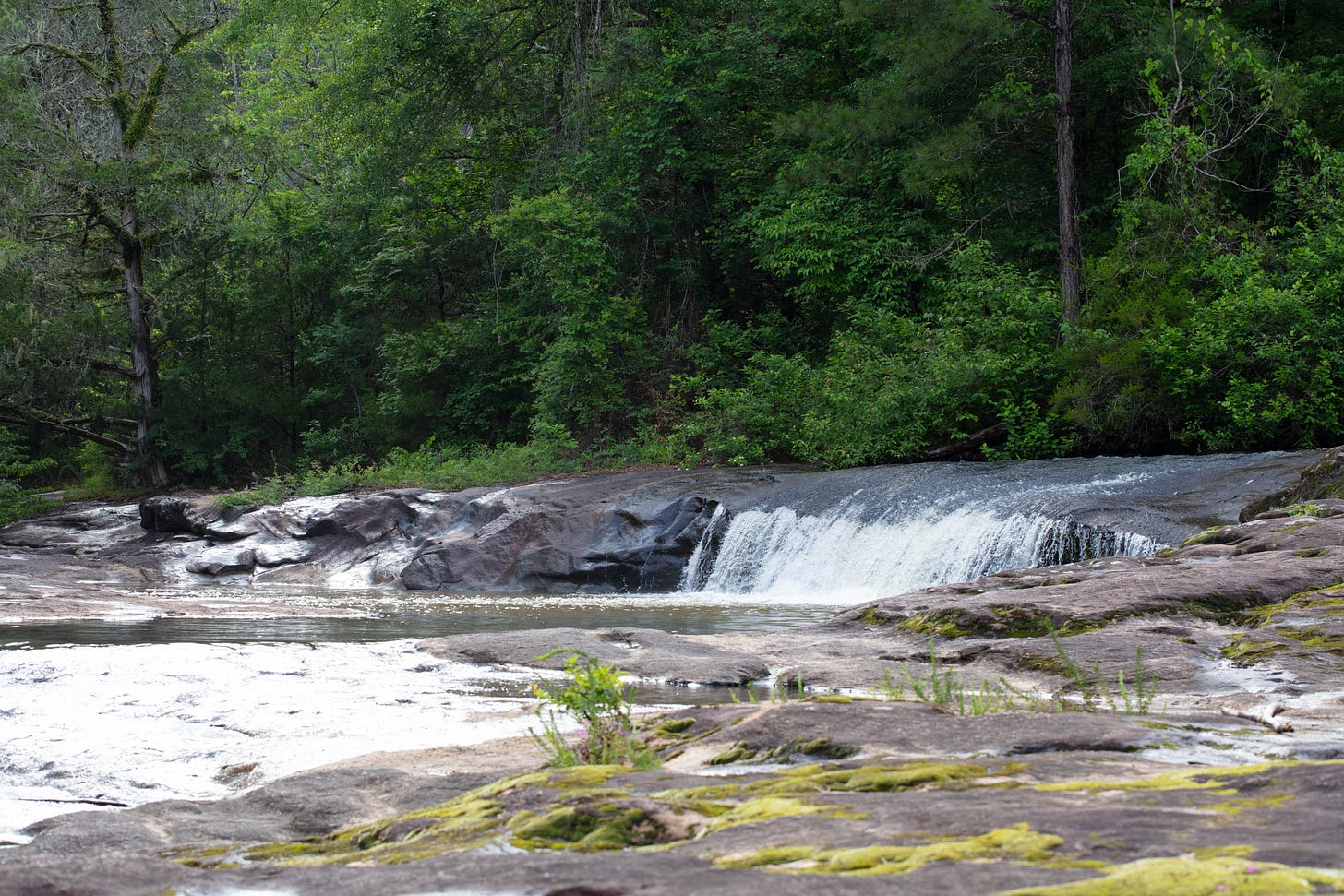
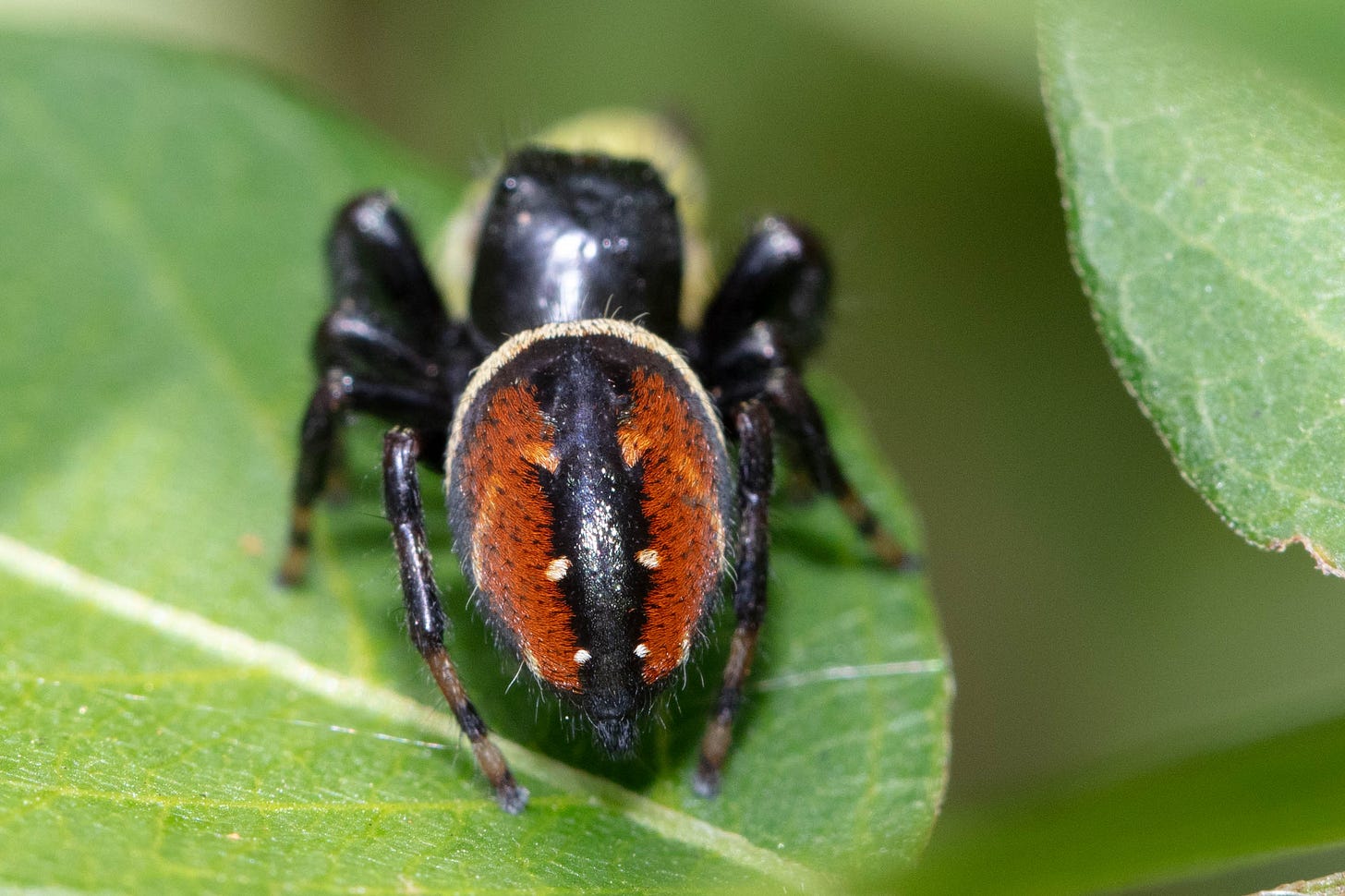
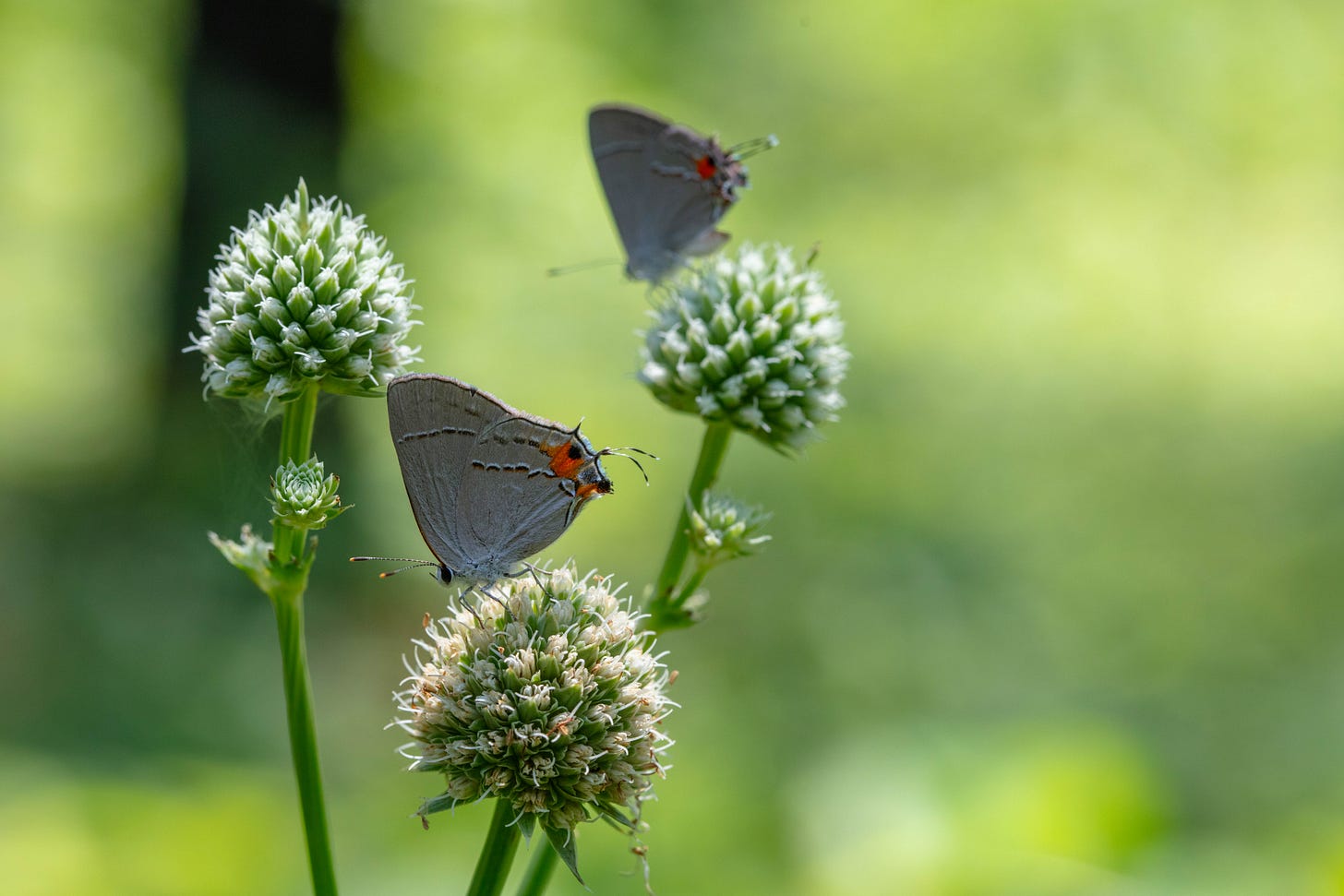
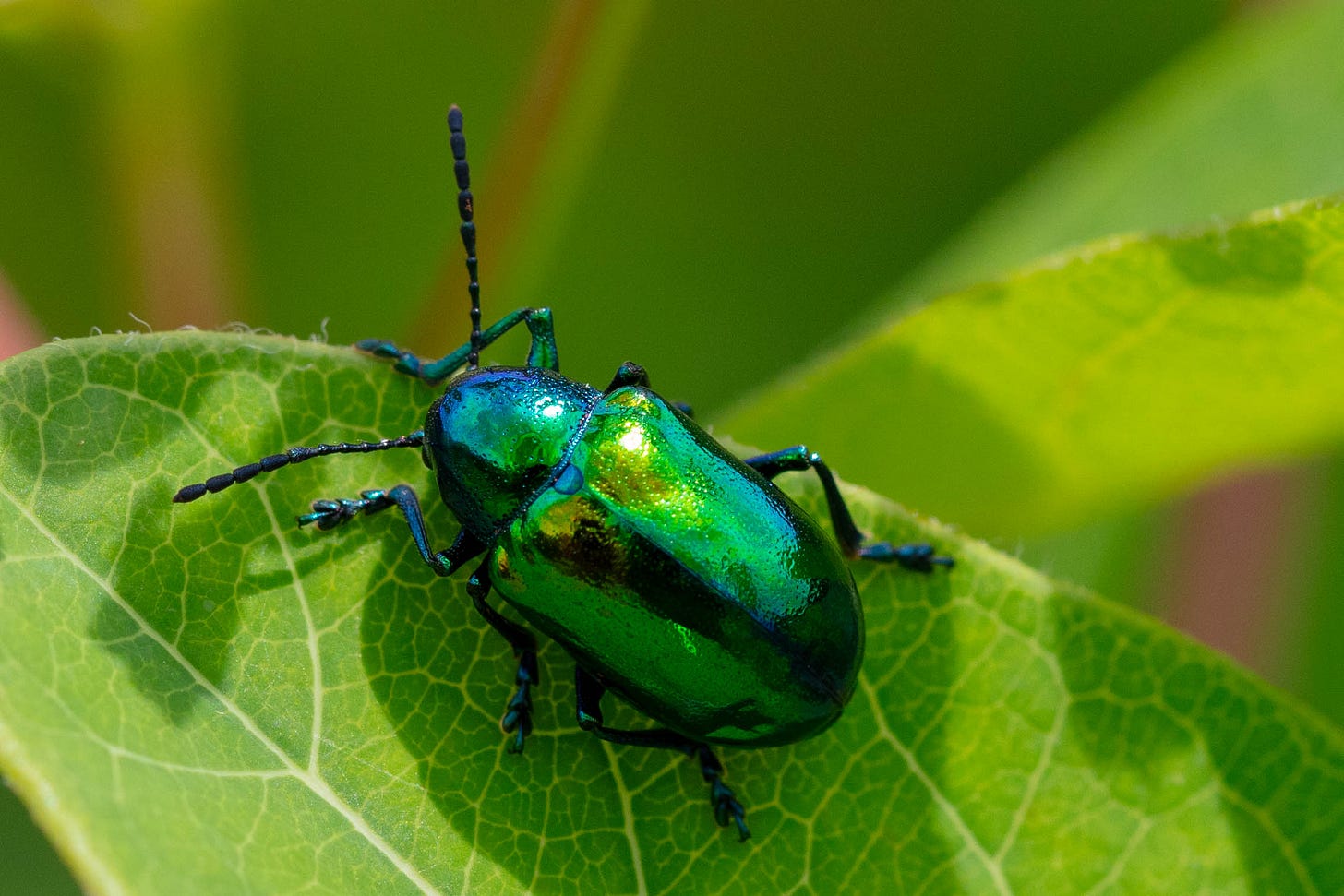
What a great use of your weekend time, Sarah! Such biodiversity in a formerly ravaged piece of land left alone to heal. Thank you for sharing your lovely photos.
My wildlife garden is on land formerly occupied by Maskoke people, then slave-owners who depleted resources growing cotton. I’m reclaiming the diversity and returning native plants of the Piedmont. It brings me joy.
Gorgeous photos! Thank you for capturing our day in the field so beautifully!